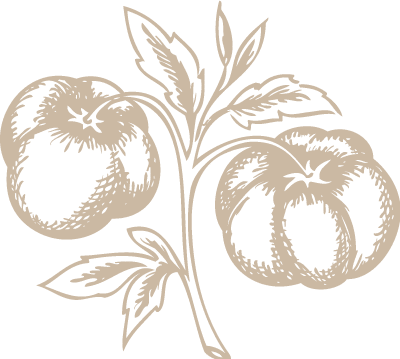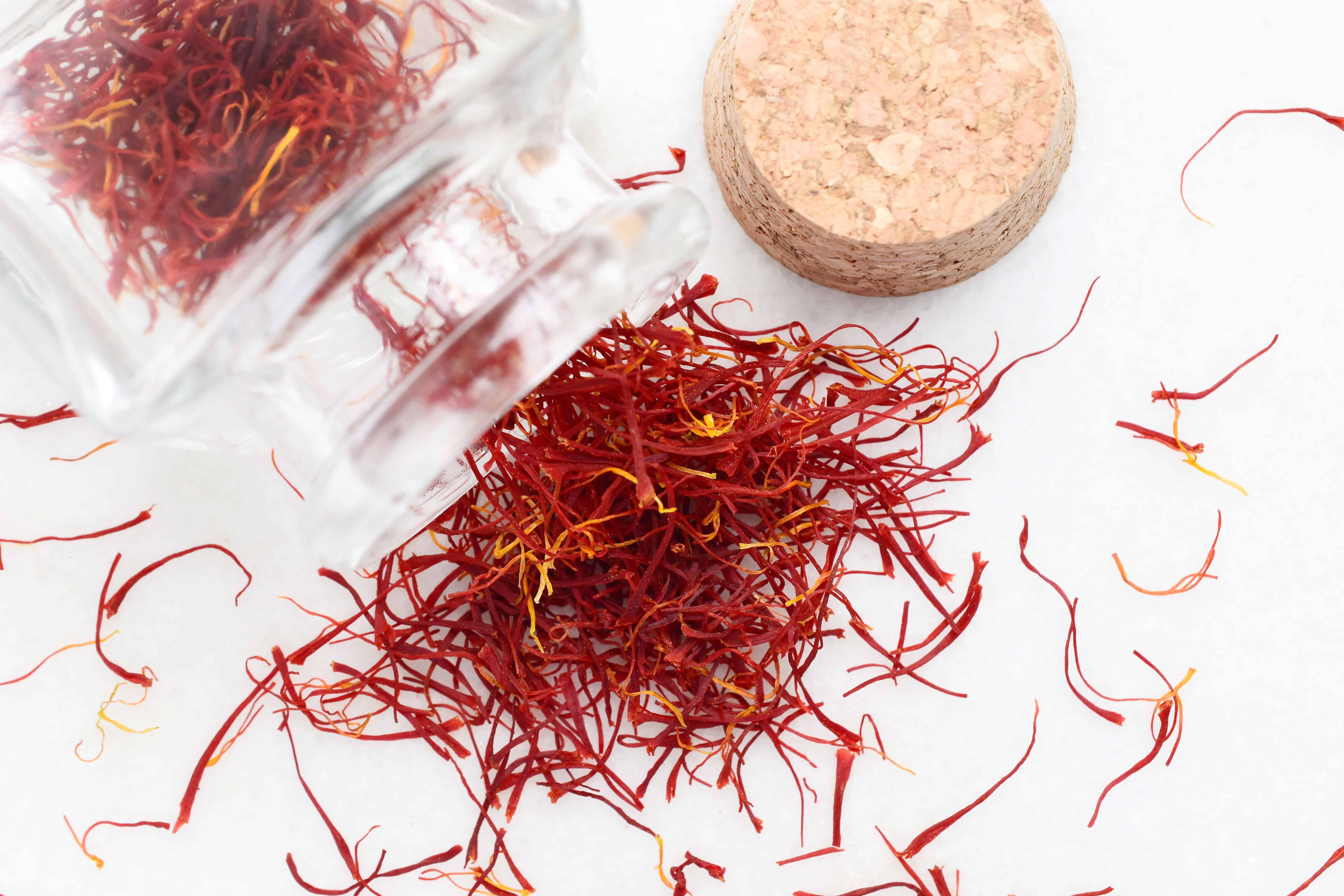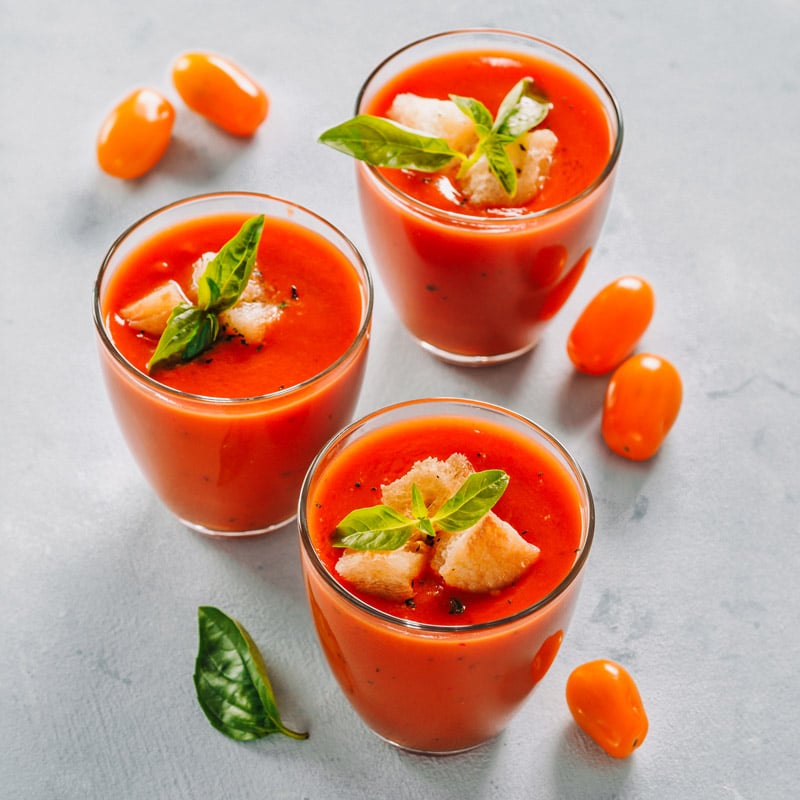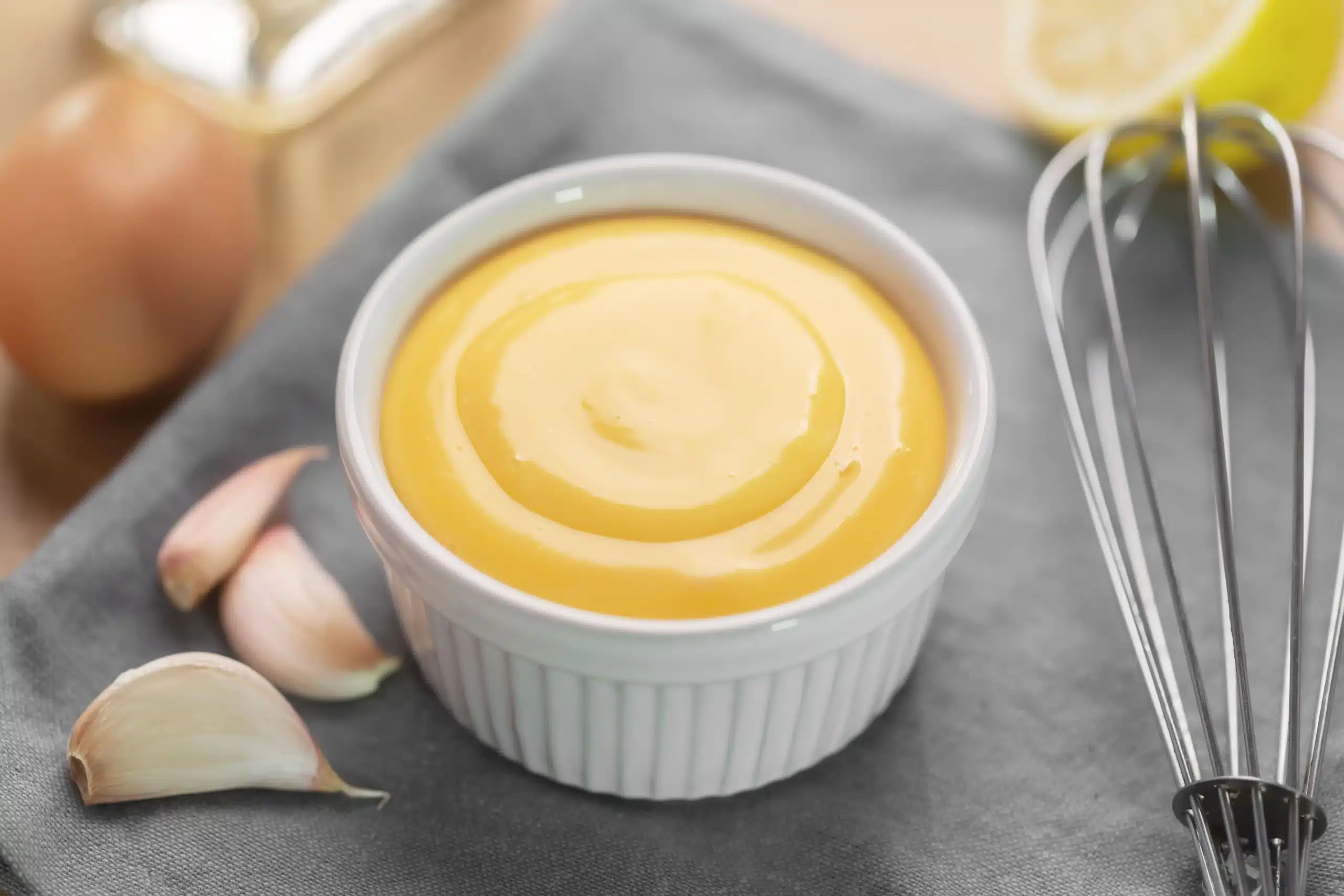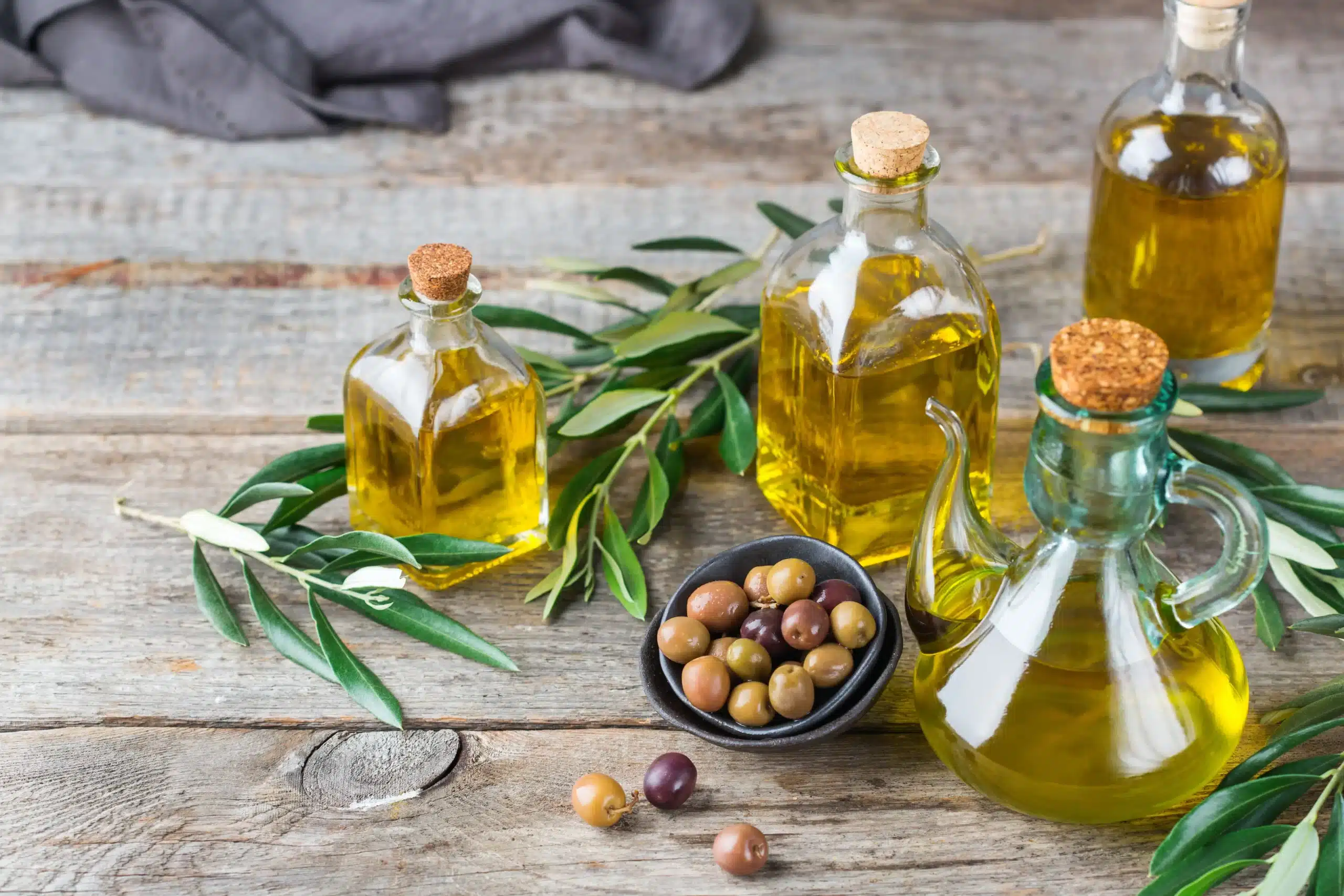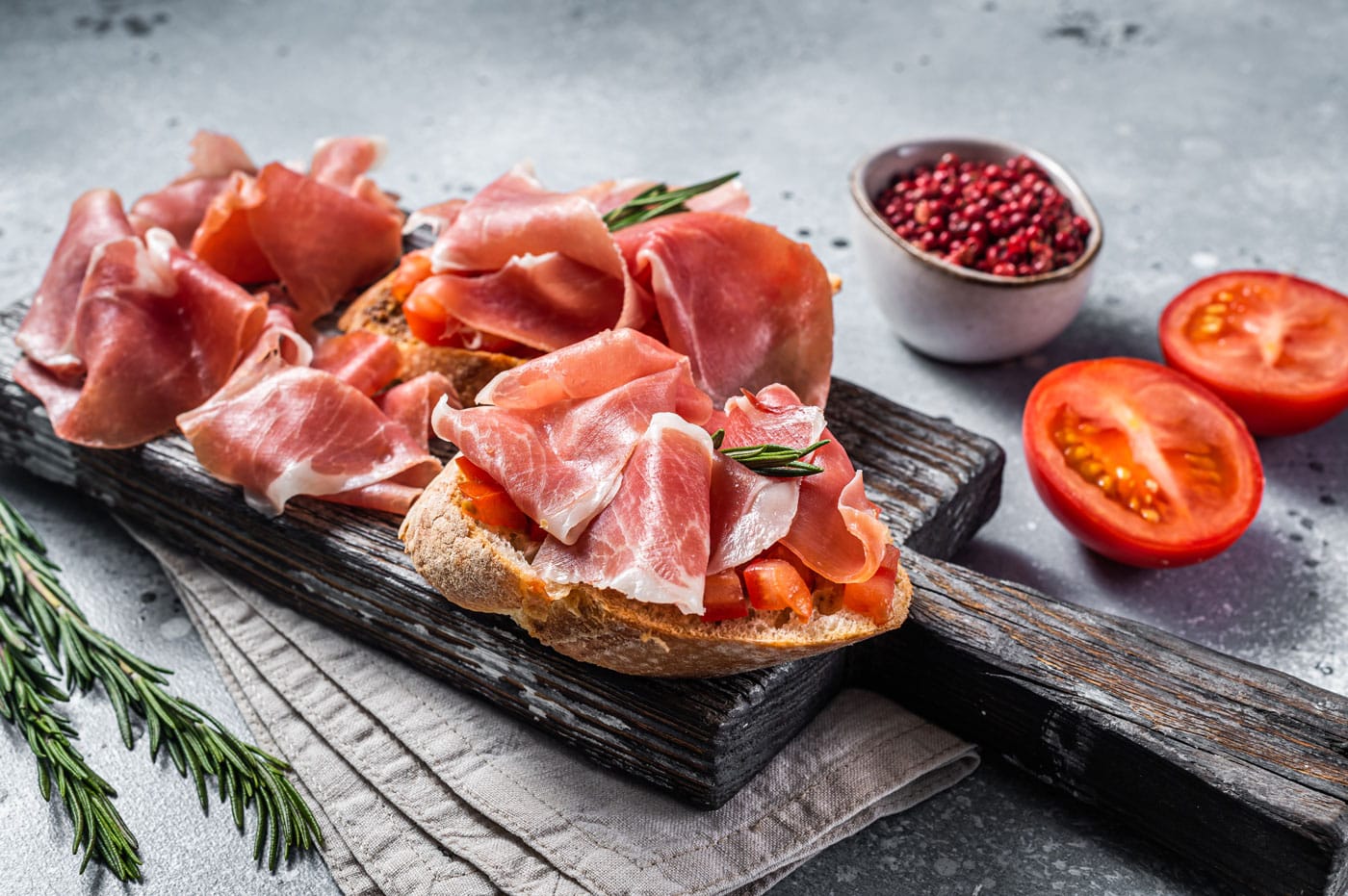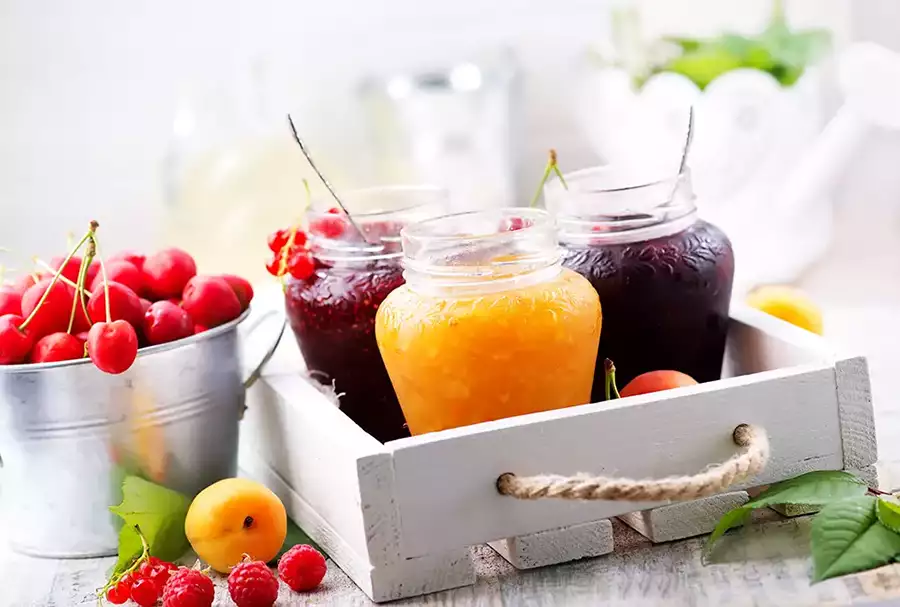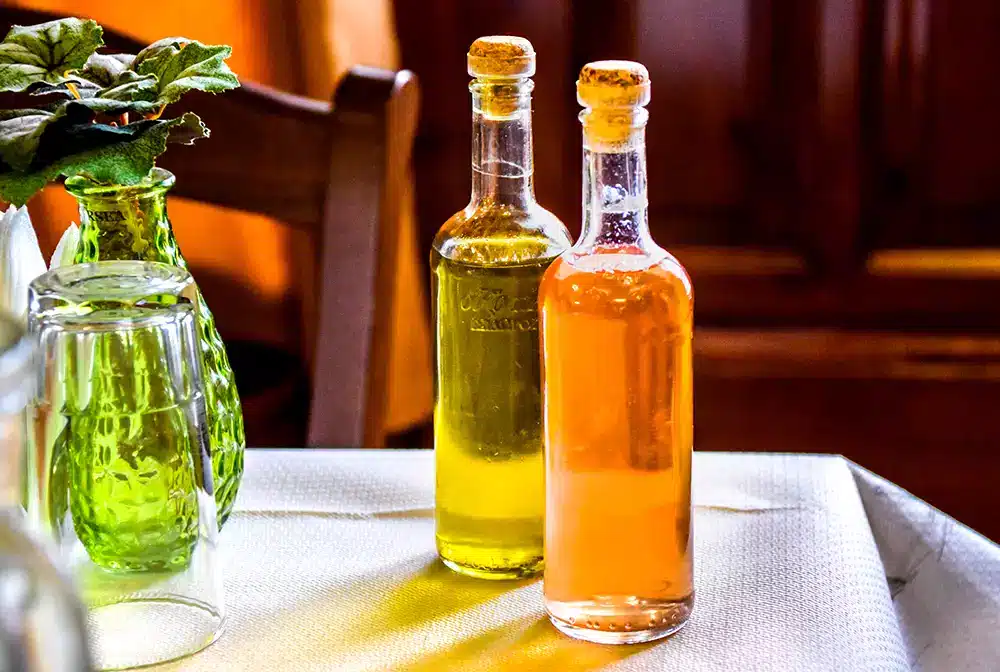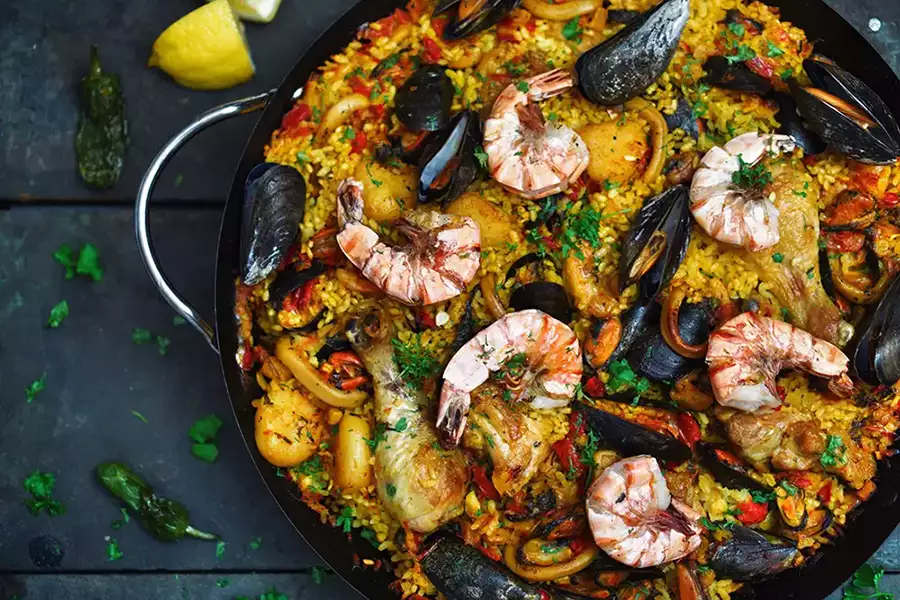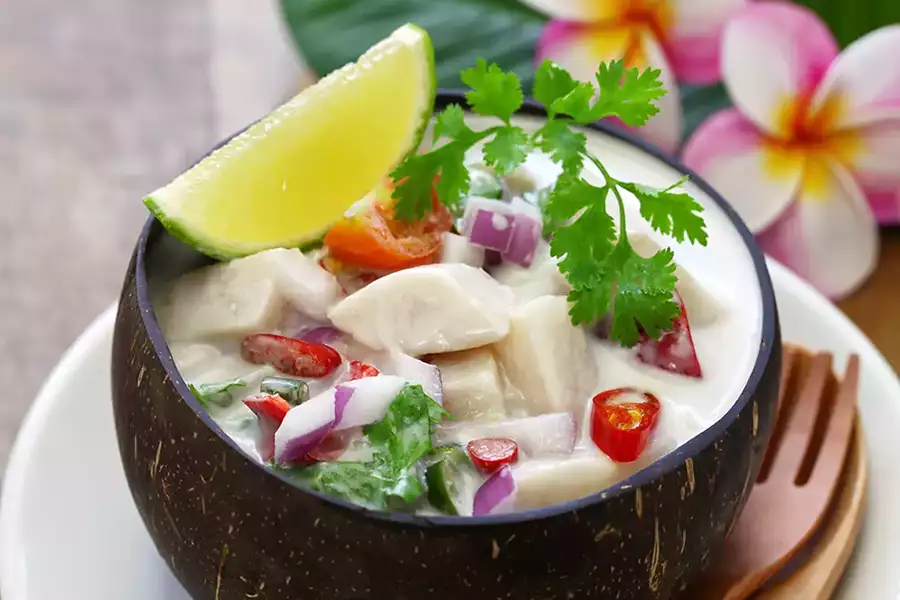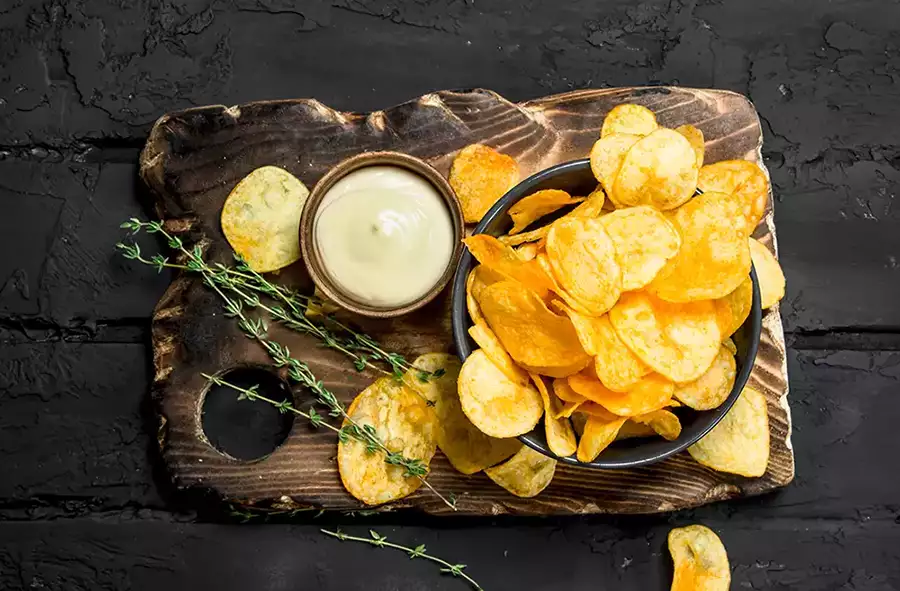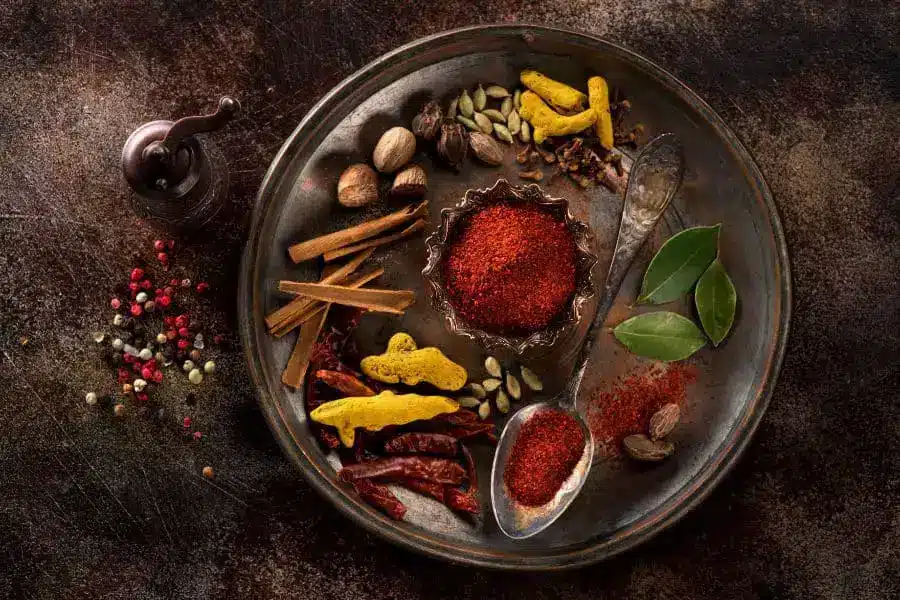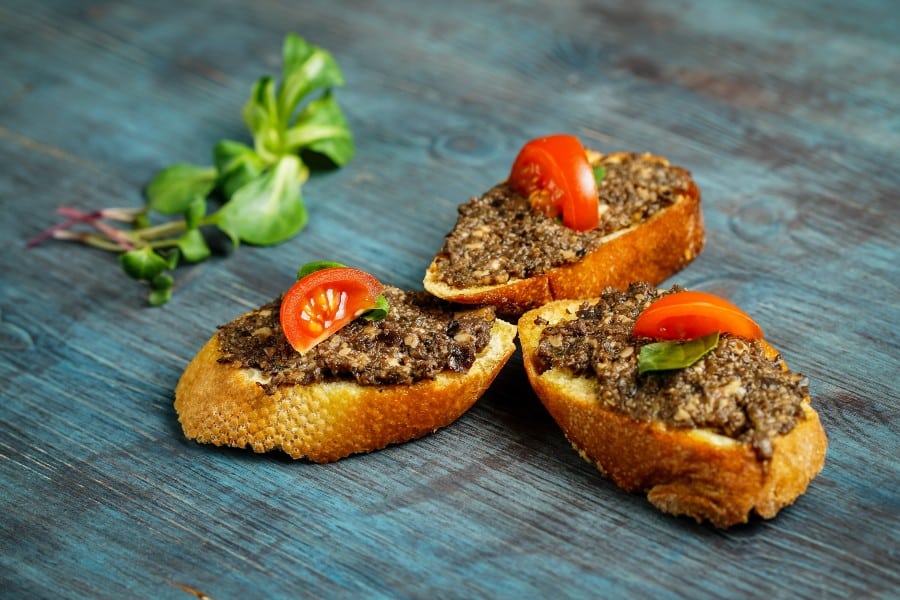The rich history of Saffron is full of tradition and culture. It’s been used for millennia in Spain, but it has a long history elsewhere, especially in Greece, where women used it on their faces before going out into public. Buddhist monks dyed their robes with this spice they obtained from Hindu followers, who thought its flowers could protect them against lousy energy fields.
In ancient times, people knew about the healing properties behind these bright orange petals (which are made up mostly of beta-carotene).
The farmers in the Spanish region of La Mancha grow Saffron, which they have been doing for centuries. The Moors brought its popularity with them when they invaded Spain, and today almost three-quarters (74%) of worldwide production happens there too. There is a specific designation attached ‘Denominacion de Origen Protegida’ (DOP) to ensure high-quality standards; this means that all threads must meet specific criteria set out by law, including being processed using traditional methods like those used before Columbus arrived at these shores.
The process of drying saffron takes about 10 days.
The harvest of Saffron is a very delicate process. The tiny red stigma in the centre, known as ‘stigma,’ is collected by farmers and women. They separate these precious flowers for drying into slender threads called Kesar before spreading them out to dry thoroughly overnight at room temperature (39 °F). Next morning it’s ready! It takes about 10 days total from when they first cut off their plants until all that remains are brittle brown stalks.
This ancient spice is so valuable that families reserve it for generations. Since ancient times, farming families have been preserving it, and now they’re still saving every last drop!
To make just 1 gram of saffron compounds takes about 200 crocus flowers, combined with hand-picking for quality control. You can see why it’s so expensive.
How to buy and store your Spanish Saffron
True Saffron is a costly spice, but it’s worth the investment. We recommend purchasing threads rather than powder for more durability and no preservatives; it will last 2-3 years! Store your Saffron in an airtight container away from light; if you need less than a half-ounce (or 4 servings), just cut up what’s left into smaller pieces before storing, so they stay fresh longer.
If you want to taste the exquisite Spanish Saffron taste, you can enjoy the Delicious & Sons Saffron Orange Aioli, a traditional sauce from the Mediterranean. It is ideal for sandwiches, combined with vegetables, potatoes, or a dip for French fries.

